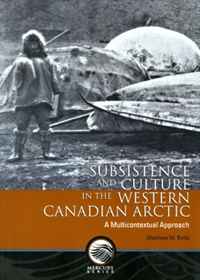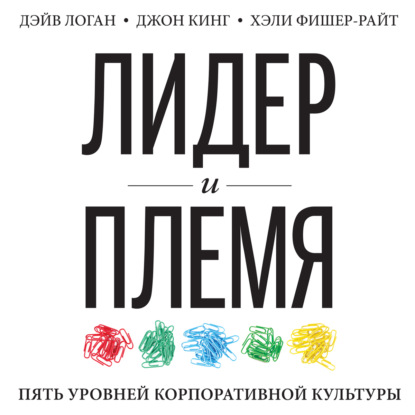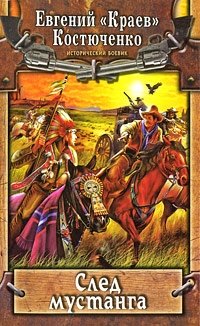The Siglit, or Mackenzie Inuit, the ancestors of the modern Inuvialuit, were, at the time of Euroamerican contact, the most populous and complex Inuit society in the Canadian Arctic. Through innovative analysis of animal bones recovered from their ancient archaeological sites, this comprehensive study documents the complex relationships between the Mackenzie Inuit and their food animals, and tracks these connections over some 800 years, from their earliest occupations to the arrival of Europeans in the 19th century. Methodological in focus, this study examines the way in which archaeologists integrate animal remains into their analyses and proposes a systematic methodology for evaluating faunal data against other archaeological information. This volume chronicles the relationship between developing Siglit economic strategies and shifts in technology, settlement strategies, demography, and climate, exposing in the process the primary link between Siglit culture and their subsistence practices. Это и многое другое вы найдете в книге Subsistence and Culture in the Western Canadian Arctic: A Multicontextual Approach (Matthew W. Betts)
Subsistence and Culture in the Western Canadian Arctic: A Multicontextual Approach Matthew W. Betts (книга)
Подробная информация о книге «Subsistence and Culture in the Western Canadian Arctic: A Multicontextual Approach Matthew W. Betts». Сайт не предоставляет возможности читать онлайн или скачать бесплатно книгу «Subsistence and Culture in the Western Canadian Arctic: A Multicontextual Approach Matthew W. Betts»















